Deliver fast and accurate offers across all digital and NDC channels.
Increase conversion, offload your PSS and reduce distribution costs.
SOLUTION | Value Drivers
SOLUTION | Overview
Quick implementation in weeks
Top performance regardless of channel
Offer distribution at scale
Full flexibility in offer creation: fares, brands, ancillaries
Proven integration with any PSS
Used by big and small airlines worldwide
Fully industry compliant (ATPCO, IATA)
Dynamic pricing ready today
Standalone merchandising and ancillary catalog
OUTCOMES | PROS Customers Experience




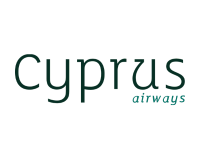

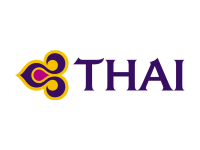



CUSTOMERS | Outperforming with PROS
Gain retail and distribution freedom with airline-led offer creation. Deliver faster airfare shopping and accurate last-seat availability. Grow direct bookings and ancillary sales. Retail how, when and where your want.
SOLUTION | Bring Offer Optimization to Life
Integrate PROS Offer Creation and Retailing to get these dynamic offers to the market. Price, distribute and present them for any storefront: the booking engine, metasearch engines, online travel agencies, and more. Deliver dynamic offers that are order-ready today, and legacy-compatible for as long as needed.
Customer
Shopping request
Data and context

Order-ready offer
Legacy compatible
Dynamic offer
PRODUCTS | Overview
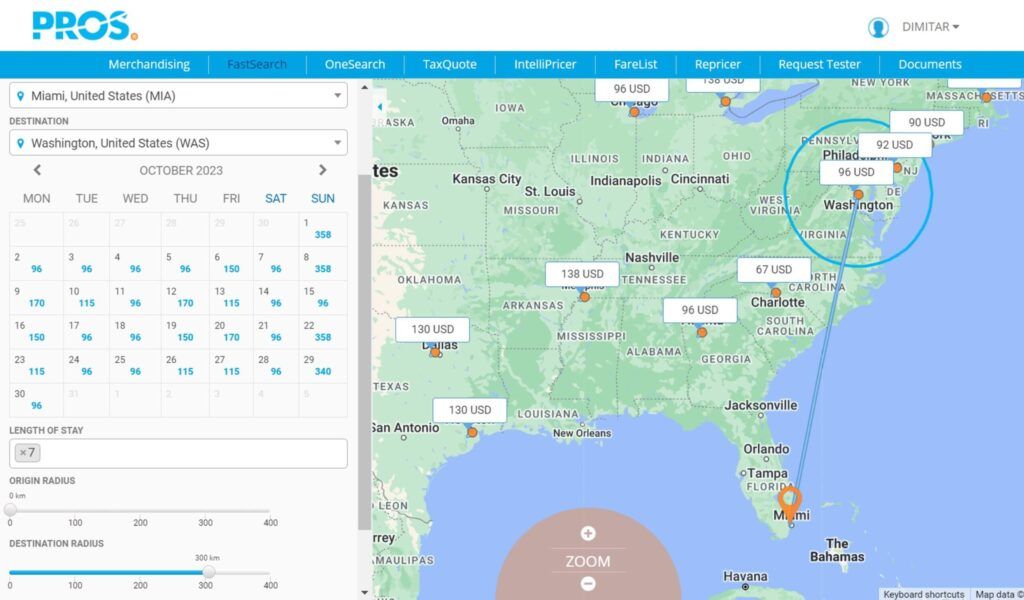
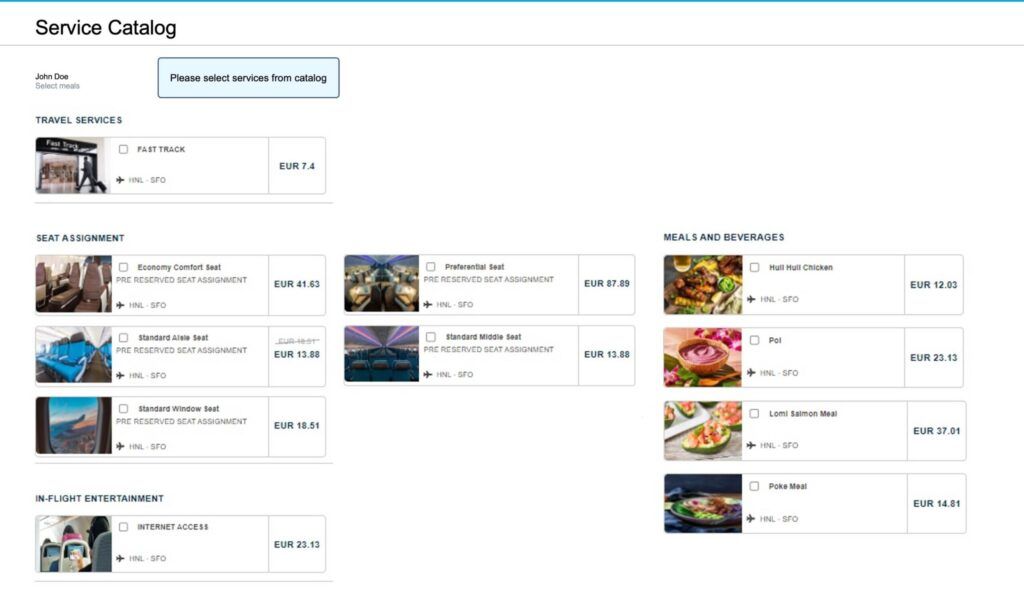
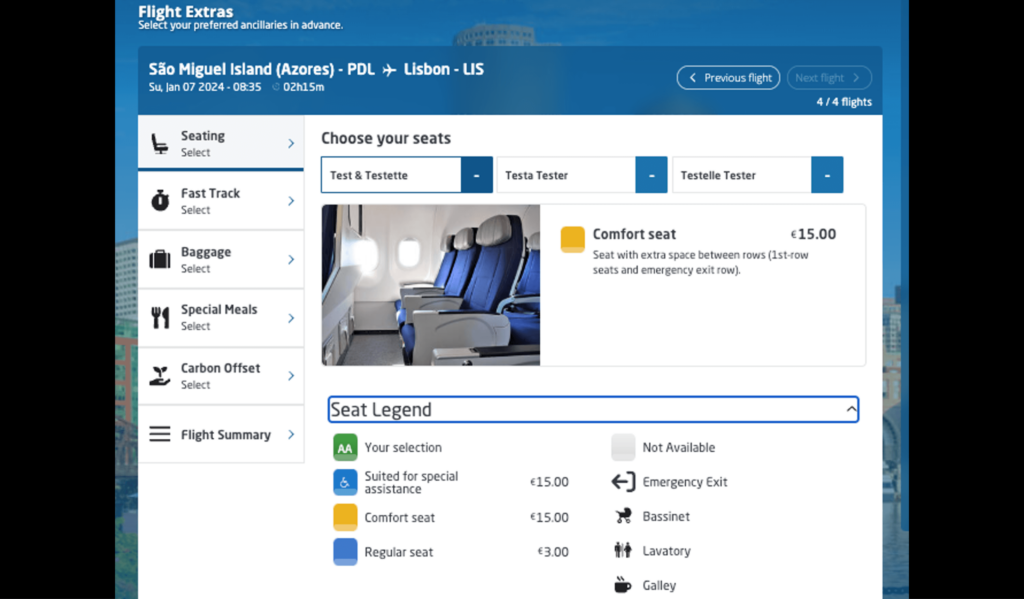
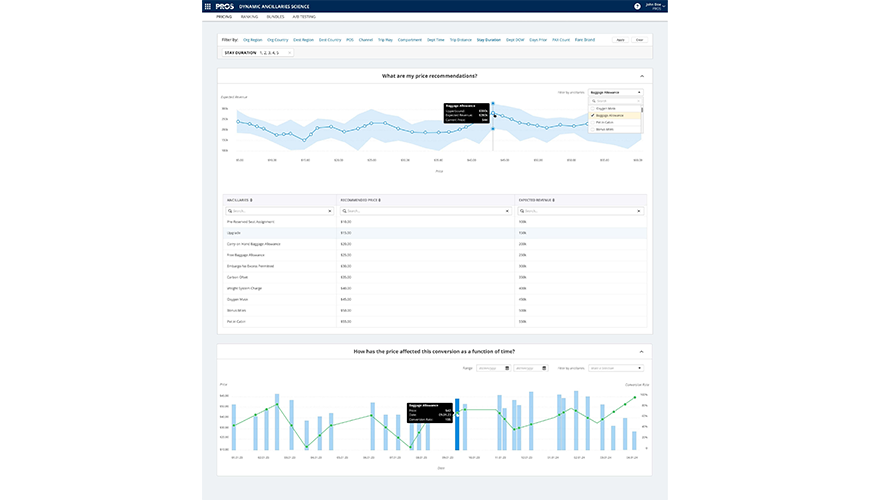
Deliver AI-fueled, optimized offers with full product and price control and flexibility
Present dynamic offers across marketing channels
Launch order native repository, servicing, delivery and fulfillment